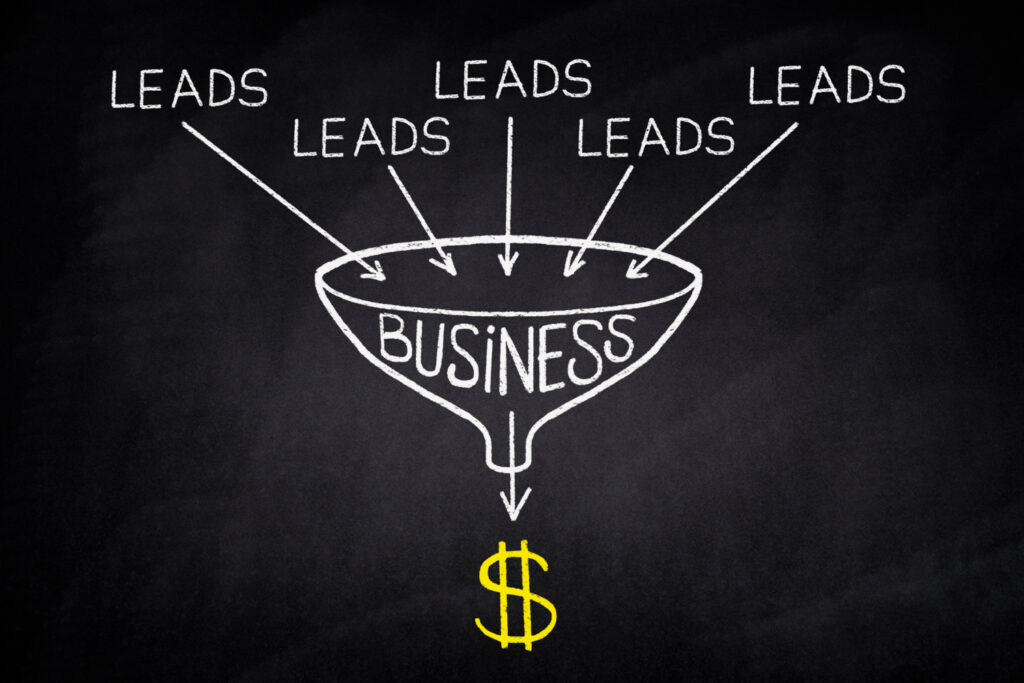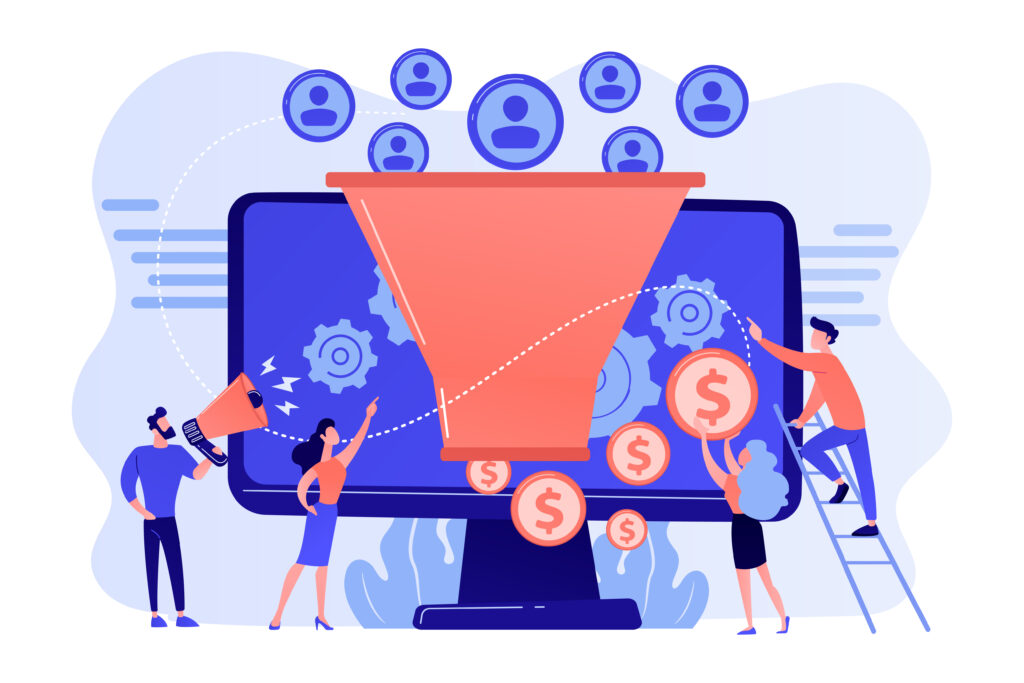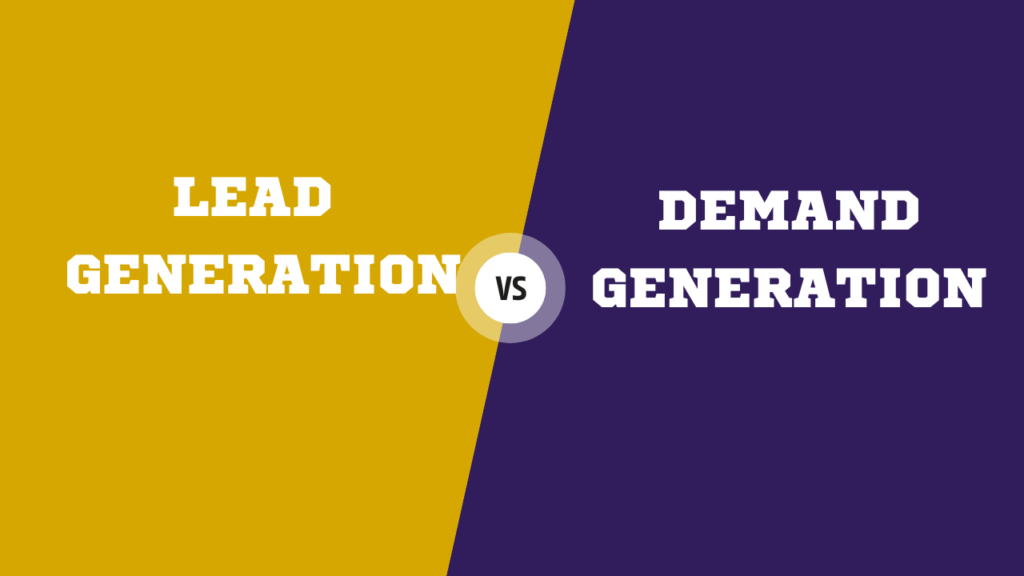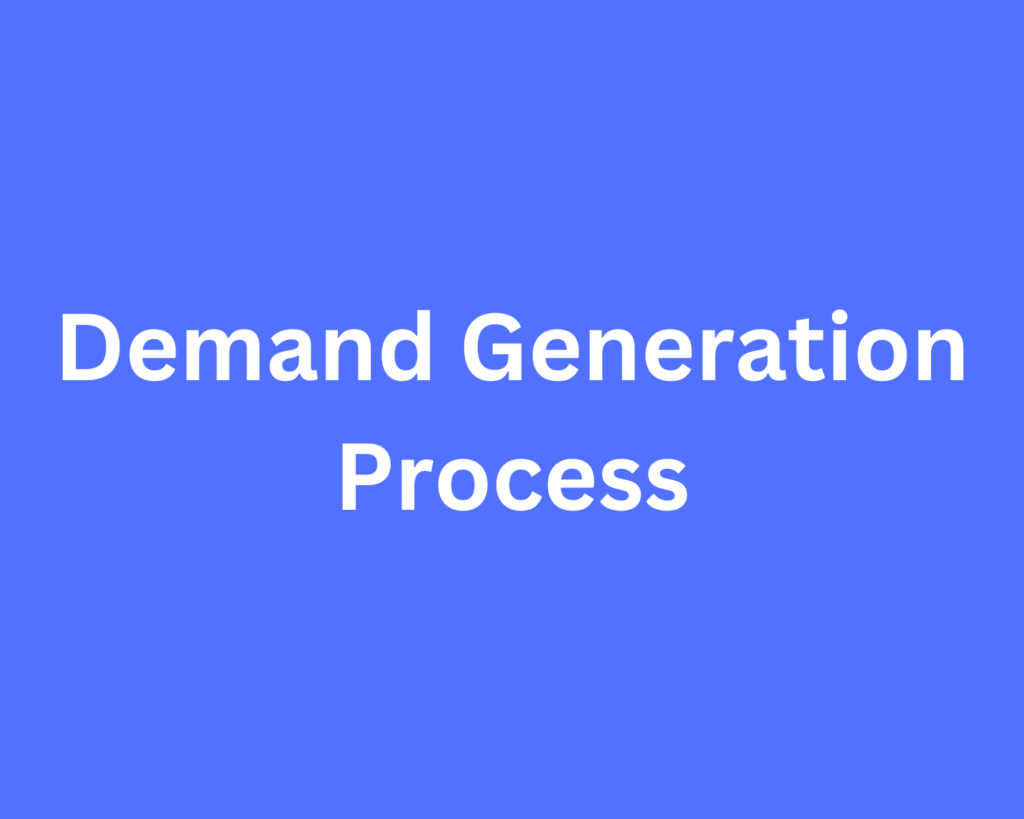Demand generation is the process of creating and fostering interest in a company’s products or services, with the goal of driving leads and revenue. It is an essential component of a successful marketing strategy for businesses of all sizes.
What is demand generation?
Demand generation involves a variety of tactics and strategies that are designed to attract, engage, and nurture potential customers. These can include content marketing, email marketing, social media marketing, search engine optimization (SEO), and paid advertising, among others. The ultimate goal of demand generation is to generate leads that can be passed along to the sales team for conversion into customers.
Effective demand generation can help you generate a steady stream of qualified leads, increase brand awareness, and ultimately drive revenue growth. It involves a combination of tactics such as content marketing, lead nurturing, marketing automation, social media, video marketing, and search engine optimization (SEO).
In this guide, we’ll dive into the basics of demand generation and provide practical tips for implementing a successful demand generation strategy for your business. By the end, you’ll have a solid understanding of what demand generation is, why it’s important, and how to get started.
Why is Demand generation important?
Demand generation is important for a number of reasons. First and foremost, it helps you generate leads and acquire new customers. In today’s competitive business environment, it’s more important than ever to have a steady stream of qualified leads coming in. It can help you attract the right prospects, nurture them through the sales funnel, and convert them into paying customers.
In addition to generating leads, demand generation can also help you increase brand awareness and establish your business as a thought leader in your industry. By creating and promoting high-quality content and engaging with potential customers on social media, you can build trust and credibility with your audience. This can lead to increased brand loyalty and word-of-mouth referrals, both of which are important for long-term business success.
Finally, it can help you drive revenue growth. By focusing on attracting and converting the right prospects, you can increase your sales and grow your business. A well-executed demand generation strategy can help you get more value out of your marketing and sales efforts, resulting in a higher return on investment (ROI).

The benefits of demand generation for businesses
Demand generation can offer a number of benefits to businesses, including:
- Increased brand awareness: Demand generation efforts can help to increase awareness of a company and its offerings, which can ultimately lead to more sales and revenue.
- Increased lead generation: By creating compelling offers and calls to action, businesses can encourage potential customers to take action and become leads.
- Better qualified leads: Demand generation tactics, such as gated content and lead forms, can help businesses to collect information about potential leads, allowing them to better qualify and prioritize their sales efforts.
- Higher conversion rates: Effective demand generation can help to nurture leads and guide them through the sales funnel, ultimately leading to higher conversion rates.
- Increased revenue: By generating more leads and converting them into customers, demand generation can significantly contribute to overall business revenue growth.
Developing a demand generation strategy
Developing a successful demand generation strategy requires careful planning and execution. Some key components to consider include:
-
- Defining your target audience: It is important to understand who your target customers are and what they are looking for in order to effectively generate demand.
-
- Creating compelling offers and calls to action: In order to encourage potential customers to take action, you will need to offer them something of value in exchange for their contact information. This can be a free ebook, webinar, consultation, or some other valuable resource.
-
- Utilizing multiple channels for lead generation: In order to reach as many potential customers as possible, it is important to utilize a variety of channels, such as your website, social media, email marketing, and paid advertising.
Related: How to Effectively Use Social Media for B2B Marketing
Related: 5 B2B marketing strategies to grow in 2023
Measuring and optimizing your demand generation efforts
Once you have implemented your demand generation tactics, it is important to track and measure their effectiveness in order to continually optimize and improve your strategy. Some key metrics to track include:
- Lead generation: How many leads are you generating?
- Conversion rates: How many of those leads are converting into customers?
- Cost per lead: How much are you spending to generate each lead?
- Return on investment (ROI): Are your demand generation efforts generating a positive ROI?
By regularly analyzing these metrics, you can identify areas for improvement and make adjustments to your tactics as needed.

Lead generation Vs Demand Generation
Lead generation and demand generation are often used interchangeably, but they are actually two distinct concepts within the field of marketing. Here is a breakdown of the differences between lead generation and demand generation:
Lead generation is the process of attracting and capturing the interest of potential customers, with the goal of turning them into leads for the sales team. This can be accomplished through tactics such as creating gated content, hosting webinars, or running paid advertising campaigns. The primary focus of lead generation is on attracting and capturing the attention of potential customers.
Demand generation, on the other hand, is a broader concept that encompasses a variety of tactics and strategies designed to create and foster interest in a company’s products or services. The goal of demand generation is to generate leads and drive revenue, but it goes beyond just attracting the attention of potential customers. The efforts also focus on nurturing leads and guiding them through the sales funnel, with the ultimate goal of turning them into customers.
Conclusion
Demand generation is a crucial aspect of marketing that can help businesses to attract and retain customers, ultimately driving revenue growth. By developing and implementing a strong demand generation strategy, businesses can generate more leads, increase conversion rates, and ultimately drive increased revenue.
Get in touch with the Gignaut team today to start measuring and improving your marketing efforts.
Check the Demand generation handbook to learn more.




